Introduction
Salary revision is more than a routine HR activity, it’s a strategic move that directly impacts employee satisfaction, retention, and overall company performance. It involves carefully evaluating current pay structures, market benchmarks, and individual contributions to ensure fair and competitive compensation. For employees, it’s a recognition of their efforts and skills; for employers, it’s a way to motivate teams, attract top talent, and stay ahead in an ever-changing market.
In this blog, we’ll explore the concept of salary revision, why it matters, the factors influencing it, and the best practices companies can follow to make the process both fair and impactful.
What is Salary Revision?
Salary revision refers to the process of adjusting an employee’s existing pay structure to reflect changes in performance, industry standards, company policies, or economic conditions. It’s not just about a “raise”. It’s about ensuring that compensation remains fair, competitive, and motivating.
In simpler terms, salary revision is when your paycheck gets updated either increased (most common) or restructured based on certain factors that we’ll explore below.
If you’re expecting a salary revision soon, make sure you’re in a role that truly values your contributions. Find better opportunities with TeamLease.
Why Do Salary Revisions Matter?
Salary revisions aren’t just about increasing numbers on a payslip. They’re a critical tool for sustaining employee motivation, retaining top talent, and keeping an organization competitive in today’s fast-changing market. Let’s break down the key reasons why salary revisions are so important:
1. Boosting Employee Motivation and Morale
- When employees see their efforts being recognized through salary increases, they feel valued.
- This recognition fosters loyalty, reduces burnout, and encourages them to maintain or improve performance.
2. Retaining Top Talent
- Skilled professionals often have multiple opportunities available in the market.
- Regular salary revisions ensure your best employees aren’t tempted to leave for better-paying offers.
3. Staying Competitive in the Industry
- Industries evolve quickly, and salary benchmarks change with them.
- Updating compensation packages helps you remain competitive and attract the right talent.
4. Reflecting Inflation and Cost of Living Adjustments
- Over time, inflation can reduce the real value of a salary.
- Salary revisions help employees maintain their purchasing power and financial stability.
5. Encouraging Skill Development
- Linking salary revisions to performance, certifications, or upskilling motivates employees to improve their capabilities.
- This leads to a more skilled and productive workforce.
6. Reinforcing a Positive Workplace Culture
- Fair and transparent salary adjustments create trust between employees and management.
- It sends a clear message that the organization rewards merit and effort.
Partnering with a workforce management expert like TeamLease can help you implement fair, data-driven salary revision strategies that align with market trends and organizational goals.
Now, let’s take a look at the key criteria that are required to qualify for a salary revision.
Key Criteria for Salary Revision

Salary revision is never a random process. It’s based on well-defined parameters that help ensure fairness, transparency, and alignment with organizational goals. Here are the most important factors companies consider:
1. Employee Performance
- High-quality work output: Consistently meeting or exceeding performance goals plays a major role.
- Taking initiative: Employees who go beyond their job descriptions and bring new ideas to the table are often rewarded.
- Problem-solving skills: Ability to handle challenges effectively and contribute to solutions.
Example: A sales executive surpassing their quarterly sales targets by 25% could receive a higher revision percentage.
2. Market Benchmarking
- Industry salary trends: HR teams compare your pay with what competitors are offering for similar roles.
- Geographical variations: Salaries may be adjusted depending on the cost of living in a particular city or region.
- Skill demand: If your skills are rare and in high demand, salary revisions are often more generous.
Example: A data scientist in a competitive metro job market might receive a higher salary adjustment to match market rates.
3. Company’s Financial Health
- Revenue growth: Organizations with strong financial performance are more likely to approve higher revisions.
- Budget allocations: Salary revisions are tied to the company’s compensation budget for the year.
- Profit margins: A profitable year often means better increments for employees.
Example: In a year of record-breaking profits, a company might offer across-the-board salary hikes of 10–15%.
4. Tenure and Loyalty
- Years of service: Employees who have been with the company for a long time often receive loyalty-based increments.
- Consistent contribution: Steady, reliable performance over several years adds weight to salary revision discussions.
- Retention strategy: Higher increments may be used to retain experienced employees in key roles.
Example: A 7-year veteran in the company’s tech team might get a special retention-based salary adjustment.
5. Role and Responsibilities
- Promotions and role expansion: Taking on additional duties or moving to a senior role typically triggers a revision.
- Critical projects handled: Leading important projects can justify a higher pay review.
- Leadership potential: Employees showing the ability to manage teams often see faster salary growth.
Example: A marketing manager promoted to lead a multi-regional team could receive a substantial hike.
6. Inflation and Cost of Living Adjustments (COLA)
- Rising expenses: Companies consider the inflation rate to ensure employees can maintain their purchasing power.
- Annual adjustments: Some organizations have fixed annual percentage increases tied to the cost of living index.
Example: If inflation rises by 6%, companies may adjust salaries by a similar percentage to keep compensation competitive.
When is a Salary Revision Triggered?

Salary revisions are not random; they’re typically driven by specific events, milestones, or changes within an organization or the market. Understanding these triggers helps both employers and employees align expectations and plan better.
Here are the most common scenarios when salary revisions occur:
1. Annual Performance Reviews
- Frequency: Usually once a year.
- Why it happens: Linked to employee performance appraisals and company financial health.
- Example: An employee exceeding KPIs and consistently delivering quality results may receive a 10-15% pay hike as part of their annual review.
2. Promotion or Role Change
- When it happens: Whenever an employee moves into a higher position or takes on additional responsibilities.
- Why it happens: A higher role comes with greater responsibilities, decision-making authority, and impact on the business.
- Example: A sales executive promoted to sales manager may receive a significant salary increase to match the industry standard for that role.
3. Market Adjustments
- When it happens: When salaries in the industry rise due to demand and supply shifts.
- Why it happens: To retain talent and stay competitive in the job market.
- Example: If tech salaries surge due to high demand for developers, companies may adjust salaries to prevent attrition.
4. Inflation and Cost of Living Increases
- When it happens: In periods of high inflation or economic changes.
- Why it happens: To ensure employees’ purchasing power remains stable.
- Example: An annual cost-of-living adjustment (COLA) of 5% to offset rising expenses.
5. Exceptional Contributions
- When it happens: After an employee delivers an outstanding achievement or breakthrough for the company.
- Why it happens: To reward innovation, problem-solving, or exceptional business impact.
- Example: An employee who closes a high-value deal or leads a successful product launch might receive a mid-year salary revision.
Your salary growth should match your career ambitions. Explore high-paying roles with TeamLease today!
Moving on, we take a look into the detailed steps involved in the salary revision process.
How does the Salary Revision Process Work?
Salary revision is a well-thought-out process that balances company goals, employee performance, market trends, and budgetary constraints. While the specifics can vary from organization to organization, most follow a structured approach.
Here’s a step-by-step breakdown:
1. Identifying the Need for Revision
- HR teams and management periodically review salary structures to ensure they align with industry standards, inflation rates, and the company’s financial health.
- Triggers for revision can include annual performance reviews, promotions, role changes, or market competitiveness analysis.
2. Gathering Market Data
- HR departments often conduct salary benchmarking by comparing internal pay structures to competitor data and industry reports.
- This ensures the organization remains competitive in attracting and retaining top talent.
3. Evaluating Employee Performance
- Managers assess individual performance using pre-defined metrics such as productivity, quality of work, skills acquired, and contribution to team goals.
- In many organizations, this step is directly linked to performance appraisal results, which help decide the percentage of increase.
4. Budget Planning and Allocation
- The finance team collaborates with HR to determine the total budget available for salary revisions.
- This budget is then distributed across departments based on performance outcomes and role priorities.
5. Approval from Management
- Proposed salary adjustments are reviewed by senior leadership or the compensation committee to ensure fairness, compliance, and alignment with strategic objectives.
6. Communicating the Changes
- Once approved, HR sends official communication to employees, often in the form of a salary revision letter, outlining the revised pay, effective date, and the reason for the change.
- Transparent communication helps build trust and morale.
7. Implementation
- The revised salaries are updated in payroll systems, and changes reflect from the mentioned effective date.
- Any changes in related benefits, such as bonuses or allowances, are also adjusted accordingly.
8. Post-Revision Review
- HR monitors the impact of the revision on employee satisfaction, retention, and performance.
- This feedback loop helps refine future salary revision strategies.
More often than not, increments and a salary revision are often confused among each other. Let us take a look at the differences between these two.
Salary Revision vs. Salary Increment
When it comes to employee compensation, “salary revision” and “salary increment” are often used interchangeably but they’re not exactly the same. While both involve changes to an employee’s pay, the purpose, scope, and timing behind each can differ significantly.
Let’s break it down clearly:
| Aspect | Salary Revision | Salary Increment |
| Definition | A comprehensive review and adjustment of an employee’s pay structure based on market trends, company policies, cost of living, and performance. | A periodic, usually annual, increase in an employee’s salary, primarily based on performance or tenure. |
| Scope | Broad in nature, may involve changes in base pay, allowances, bonuses, and other compensation components. | Narrower scope, usually limited to a percentage or fixed increase in the base salary. |
| Purpose | To realign salaries with industry standards, inflation rates, and internal equity, ensuring competitiveness. | To reward employees for good performance, loyalty, and contribution to the company’s growth. |
| Frequency | Occurs less frequently—often during major policy changes, market shifts, or after salary benchmarking exercises. | Happens regularly, typically once a year or according to company policy. |
| Basis of Decision | Driven by company-wide strategic considerations, market surveys, and budgetary adjustments. | Driven mainly by individual performance appraisals and productivity metrics. |
| Impact | Can result in a significant change to the overall compensation package, sometimes even restructuring pay grades. | Usually results in a modest increase in take-home pay without altering the overall pay structure. |
| Examples | A company adjusting all employees’ salaries upward by 15% after a market study to match industry pay levels. | A 5% raise given to an employee after an annual performance review. |
| Associated Changes | May involve revising HR policies, pay bands, and bonus structures. | Typically does not involve changes to broader HR or pay policies. |
Whether you’re negotiating a salary increment or pushing for a full revision, TeamLease can connect you with companies that prioritize fair and competitive pay.
Communicating and Negotiating a Salary Revision

Effective communication and negotiation are crucial steps in ensuring that a salary revision request is taken seriously and results in a favorable outcome. Even if your performance and market research support your case, the way you present it can significantly influence the decision.
1. Preparing for the Discussion
Before you step into a meeting with your manager or HR, preparation is key. Consider the following steps:
- Gather evidence of your achievements: Document your major contributions, such as exceeding targets, taking on additional responsibilities, or leading successful projects.
- Research market standards: Use platforms like Glassdoor, PayScale, or LinkedIn Salary Insights to compare your pay with industry averages for your role and region.
- Identify our desired range: Have a realistic salary range in mind, backed by your research, rather than a single figure.
2. Choosing the Right Time
Timing can make a big difference:
- Annual performance reviews: This is the most common and formal opportunity to bring up salary revisions.
- After a big win: If you’ve recently completed a high-impact project or achieved significant results, it can be a great moment to initiate the discussion.
- When the company is financially healthy: If your organization is doing well, they may be more open to salary adjustments.
3. Crafting Your Communication
How you frame your message matters. Focus on:
- Professionalism and positivity: Approach the conversation as a discussion, not a demand.
- Value to the company: Emphasize how your work has contributed to the company’s success and why this justifies a revision.
- Avoiding comparisons with colleagues: Instead of saying “I should earn more than X,” focus on your own merit.
4. Handling Negotiations
- Be ready for counteroffers: If the proposed figure is lower than your expectation, negotiate respectfully. Consider requesting additional benefits like flexible working hours, bonuses, or training opportunities if salary adjustments are limited.
- Stay calm and confident: Avoid defensive language; keep the tone constructive.
- Know your walk-away point: Understand in advance what minimum offer you’re willing to accept.
5. Following Up
- Document the agreement: If a revision is approved, ensure it is confirmed in writing, either in an updated contract or an official HR letter.
- Ask for a timeline if denied: If the request is declined, politely ask when the discussion can be revisited and what milestones you should aim to achieve in the meantime.
Conclusion
While increments are typically smaller, more frequent boosts to income, revisions involve a deeper reassessment of pay scales based on market trends, performance, and company policy. Recognizing these distinctions helps employees set realistic career expectations and negotiate better, while enabling employers to design fair and competitive compensation structures.
Ultimately, both processes aim to ensure that talent is rewarded appropriately and the workforce remains motivated and engaged.
Ready to take the next step in your career journey? TeamLease is here to help you secure roles that value your skills and reward your efforts.







